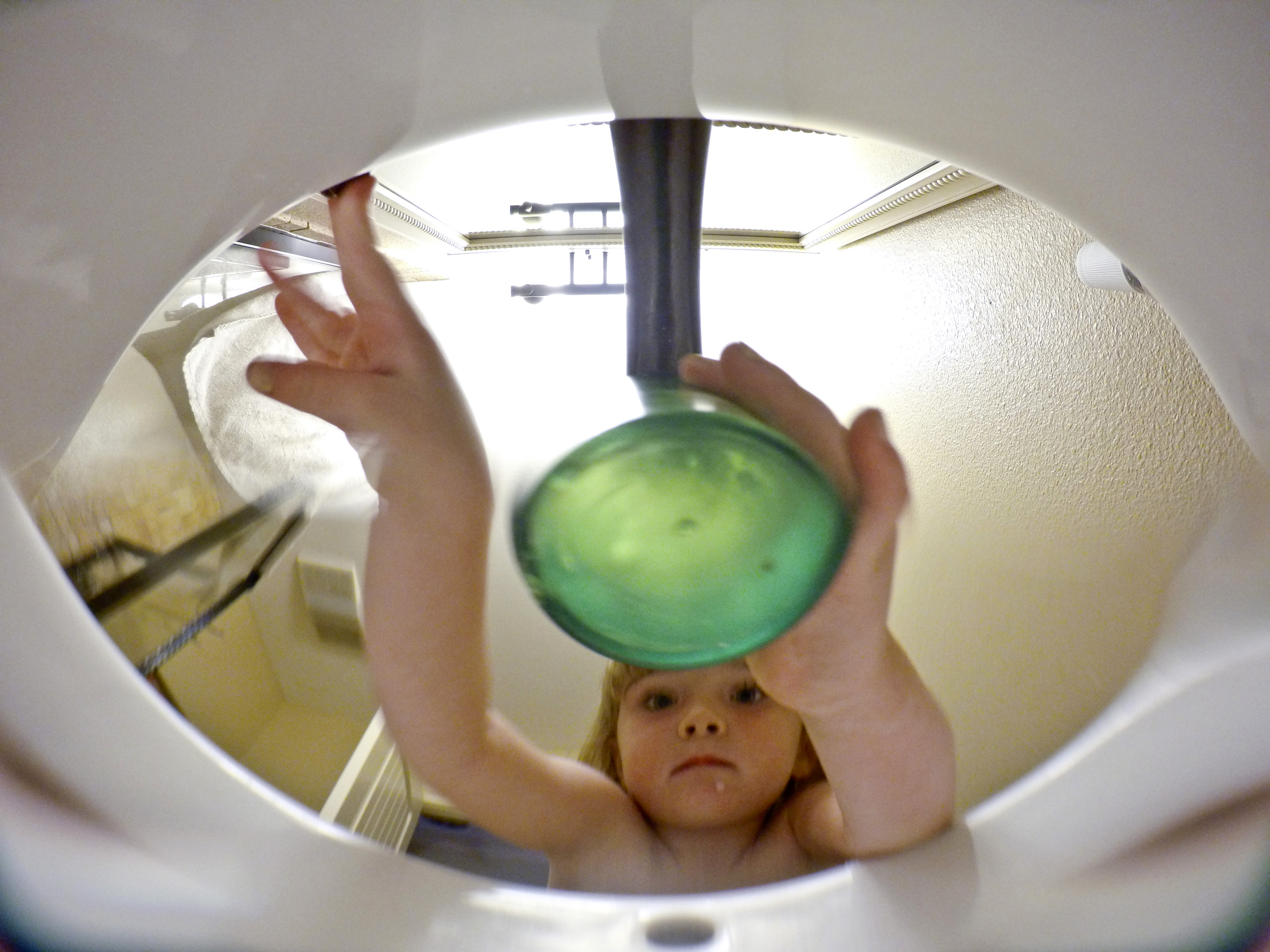Researching Net Zero Water
For some, seeing new developments being built while current residents face drought-induced water cutbacks seems incongruous. Los Angeles County may have a solution.
The Los Angeles Times reported that the county “will consider new water-saving requirements for developers and look at tax options to pay for future drought planning under a pair of measures adopted Tuesday.”
County staff will now start working on drafting an ordinance to make sure new developments do not require additional water. The idea of “net zero” energy for building has been in place for a while, with the use of solar, energy efficiency and other renewable sources. But net zero water is slowly beginning to gain some traction now, too.
The idea behind net zero water is that buildings are able to use other available water sources to meet water needs, including using rainwater, stormwater or other kinds of graywater or blackwater recycling, and at the same time employing water efficiency and conservation measures to reduce demand.
Last summer, San Francisco took an important step in requiring all new developments over 250,000 square feet to develop onsite water systems to meet all nonpotable water needs for buildings – but that effort is still short of a net zero ordinance.
Los Angeles will spend a year doing research about its potential new ordinance, but environmental groups have already come out in favor of the idea, and business groups are against it, claiming that it would drive up the cost of building and making the housing crisis worse.
The Year of the Tunnels?
This year was heralded as the year of reckoning for Gov. Jerry Brown’s Delta tunnels plan. After years (if not decades), 2016 was going to be when the plan either moved definitively forward or was finally put to rest.
And so far, there seem to be more speed bumps for his plan.
For starters, the Sacramento County Board of Supervisors voted to support AB 1713, a bill by Assemblyman Susan Eggman that would put the tunnels plan to public vote. “The public deserves the opportunity to cast a vote on such an enormous and expensive project,” said Supervisor Patrick Kennedy. “Assemblymember Eggman’s bill rightfully gives the people a voice.”
That’s not all. Writing for the Los Angeles Times, Bettina Boxall describes how the tunnels plan, now dubbed California WaterFix, was originally thought of as “a grand delta fix that would push water exports back to — or even above — their peak in the early 2000s of an average 5.3 million acre-feet a year.”
But, she writes, after environmental needs are taken into consideration, “instead of cranking open the pumps, the tunnels will, at best, do little more than maintain the status quo.”
How much are water agencies willing to pay for the status quo?
New Conservation Targets Set

This week we learned that Californians came close to meeting the governor’s mandate for statewide cumulative water cutbacks of 25 percent from June 2015 to February 2016. The final numbers showed a 23.9 percent savings.
With more water this year in parts of the state, some water agencies are already moving to toss their conservation goals, but the state is holding firm on keeping conservation as part of the mix of drought responses.
However, conservation targets for some places have been amended, and the State Water Resources Control Board has just published a list of each water supplier’s new and former conservation targets.
Top image: A 1,300 gallon cistern in the backyard of a home in North Hollywood, Calif., stores rainwater captured from the roof runoff during rain. Los Angeles County is considering an ordinance for net zero water for new developments. (Michael Owen Baker, Associated Press)